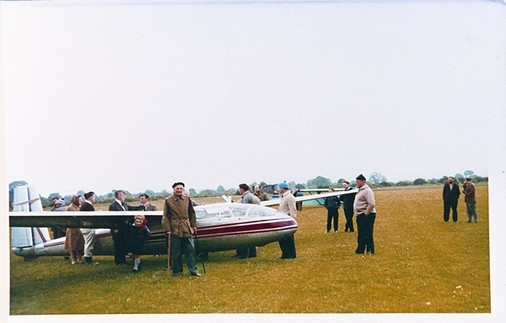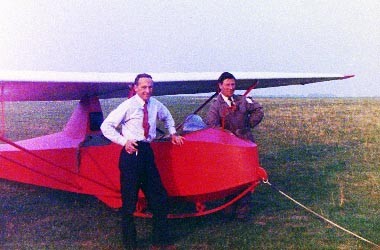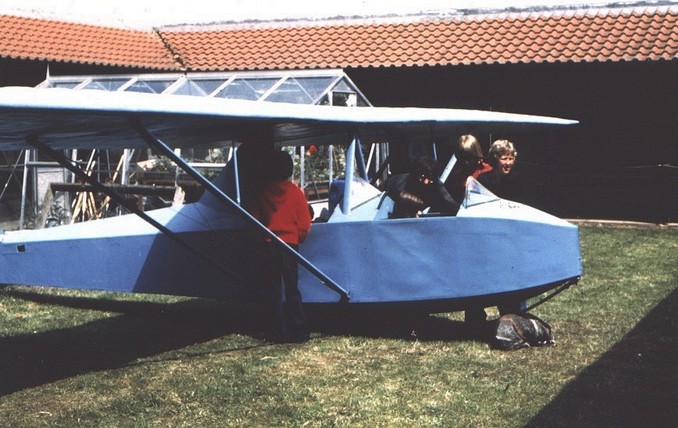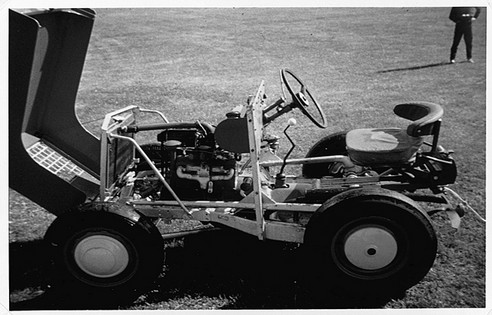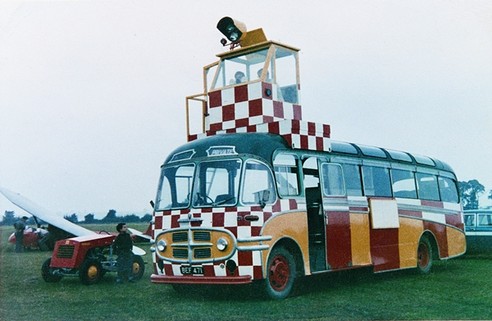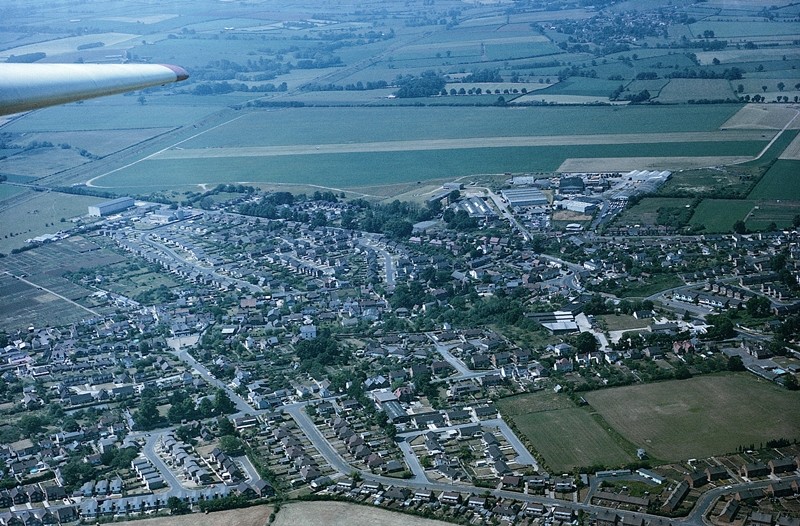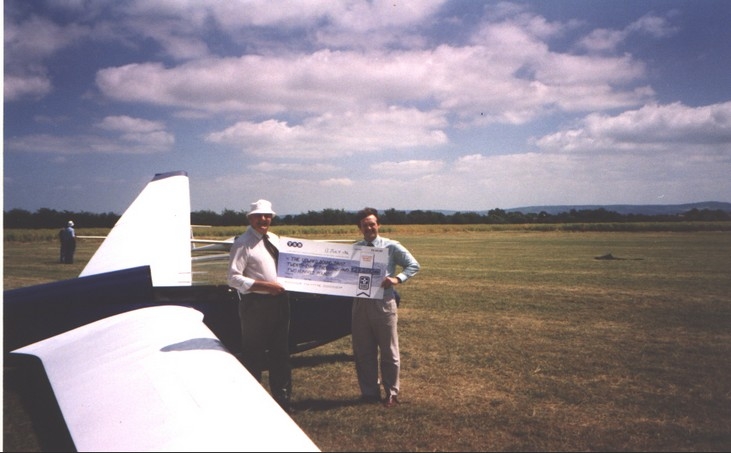|
Every Lord Mayor of London has to have a theme to his term of office.
During 1961-62 Sir Frederick Hoare was the incumbent and his theme was
‘Youth and Leadership’, to aid him in his work he had working for him in
The Mansion House one Brigadier George Chatterton DSO. The Brigadier was
the former leader of the Glider Pilot Regiment, the men who had taken up
the reins from the Glider Training Squadron and won many honours at
Sicily, Arnhem and other places far and wide.
On investigation the Brigadier realised that there was little being
done to get the older generation, with their skills and knowledge gained
from years of experience, together with the younger generations with their
thirst and eagerness to gain that same knowledge. Having been a pilot all
his life, he had started with the RAF flying Hawker Fury’s, he obviously
saw an opportunity to pass on his own interests and just happened to know
the right people to help him. His idea was that a centre should be set up
where young people between the ages of 16 and 21 could learn to fly at as
cheap a cost as possible, the figure he had come up with was £7 10s to get
to solo standard. To keep the costs down it was obvious that gliding was
the cheapest form of flying around at the time and of course he knew
plenty of glider pilots who wanted to keep their hand in and do something
worthwhile at the same time. Several of his former soldiers were still
gliding and so he went to them to help get his idea ‘off the ground’. All
of these men received the idea with enthusiasm but of course the hardest
tasks were still to come - finding the money and the place to set up such
a centre. |

